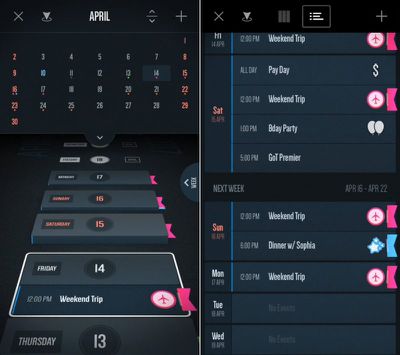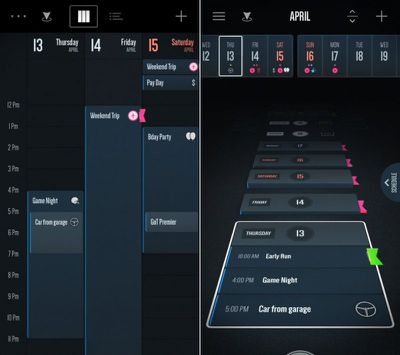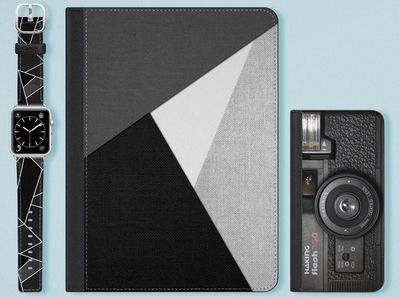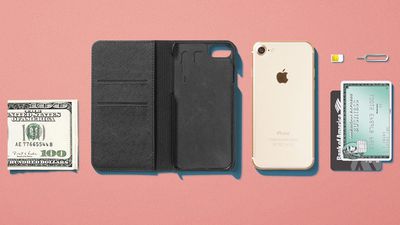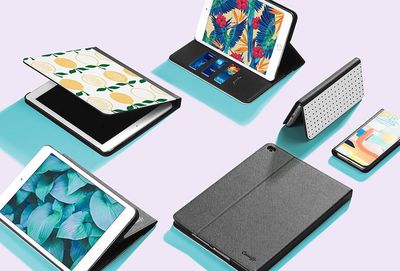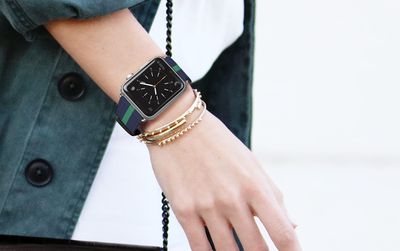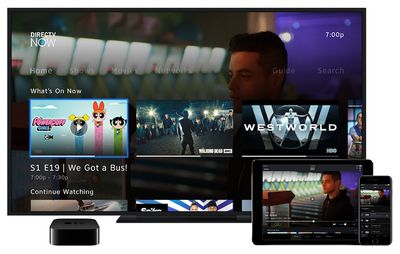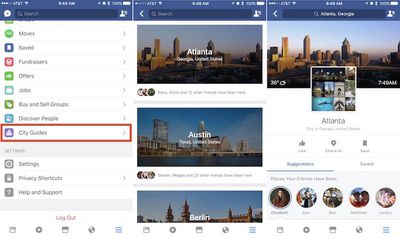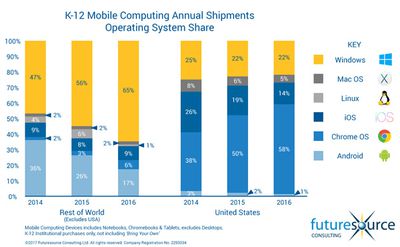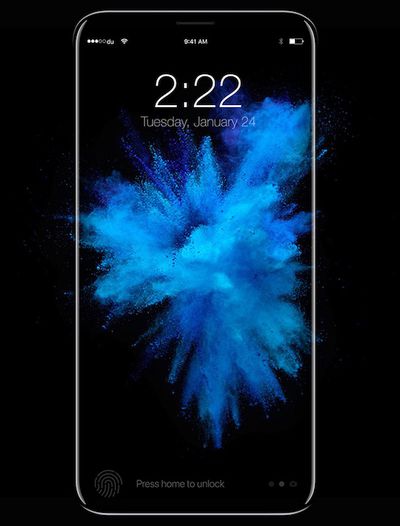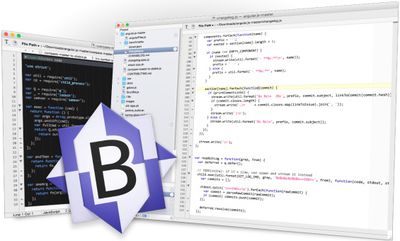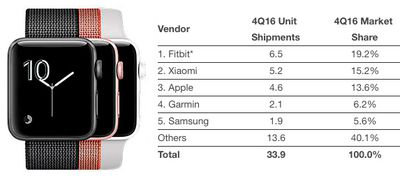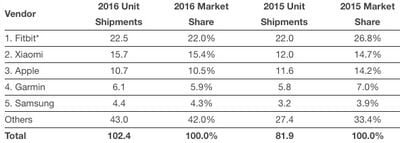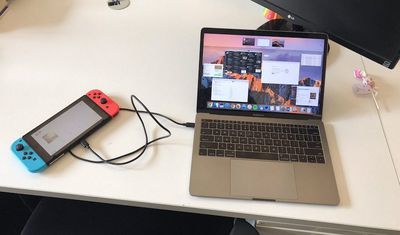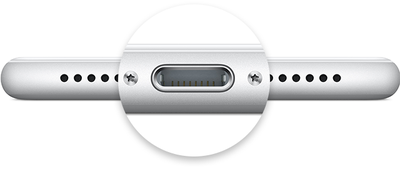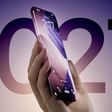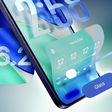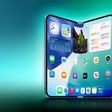Google's search algorithms came under renewed fire on Sunday after the BBC highlighted examples in which the company's Google Home smart speaker promotes "fake news" and conspiracy theories through its virtual assistant.
BBC technology correspondent Rory Cellan-Jones tweeted a video yesterday that appears to show the smart device responding to the question "Is Obama planning a coup?" with the reply: "Obama may in fact be planning a Communist coup d'etat at the end of his term in 2016."
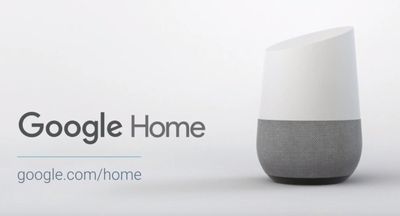
In another example, Search Editor Land editor Danny Sullivan asked his Google Home "Are Republicans fascists?", to which it replied: "Yes. Republicans equals Nazis."
As pointed out by Business Insider, the fault lies in Google's Featured Snippets feature, which corrals data from the web to provide the user with a supposedly definitive answer to a query typed into the Google search bar.
A version of the feature powers Google Assistant, the company's voice-activated virtual assistant, which is built into the Google Home smart speaker and some smartphones. The algorithms Google uses to verify online sources of information appear to be at fault, but the issue is arguably worse on smart devices because the answers they provide are plucked from the web without context since users are not actively viewing the source.
A Google spokesperson told Business Insider in a statement that "Featured Snippets in Search provide an automatic and algorithmic match to a given search query, and the content comes from third-party sites. Unfortunately, there are instances when we feature a site with inappropriate or misleading content. When we are alerted to a Featured Snippet that violates our policies, we work quickly to remove them, which we have done in this instance. We apologise for any offense this may have caused."
Google has come in for criticism before for its predictive search results, but the problem of "fake news" in particular was identified during last year's U.S. Presidential election, and led companies like Facebook to make statements about the action they have taken to bring the quality of articles to users' attention.
Apple is also said to be working on ways to ensure its content delivery services can identify and prevent conspiracy theories being peddled as legitimate news, according to Apple's senior vice president of software and services, Eddy Cue. "We're trying to do some things in Apple News, we're learning from that and we need to share that together as an industry and improve it," he said last month.
Apple CEO Tim Cook has called fake news "one of today's chief problems" and that "we have to give the consumer tools" to deal with the challenge.
Note: Due to the political nature of the discussion regarding this topic, the discussion thread is located in our Politics, Religion, Social Issues forum. All forum members and site visitors are welcome to read and follow the thread, but posting is limited to forum members with at least 100 posts.


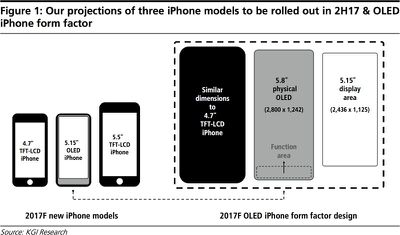
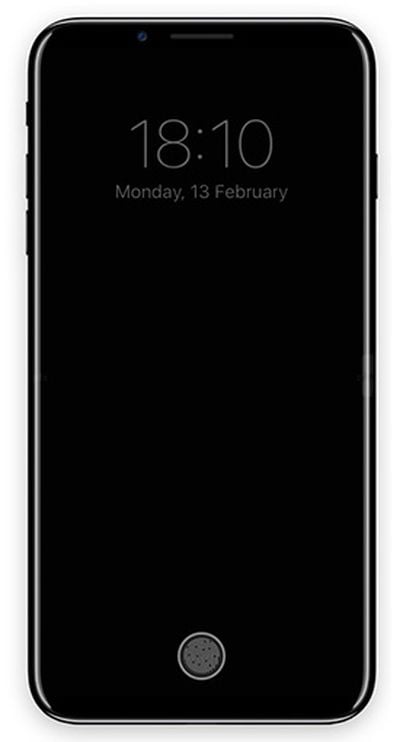 Apple will launch three new iPhone models in the fall, including one with a 5.8-inch OLED display and two with LCD displays, according to
Apple will launch three new iPhone models in the fall, including one with a 5.8-inch OLED display and two with LCD displays, according to 

